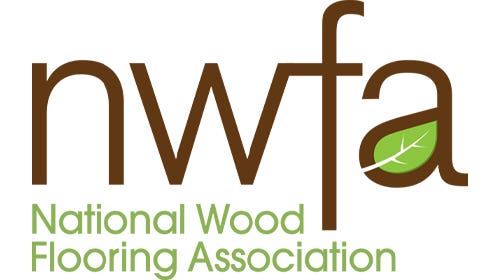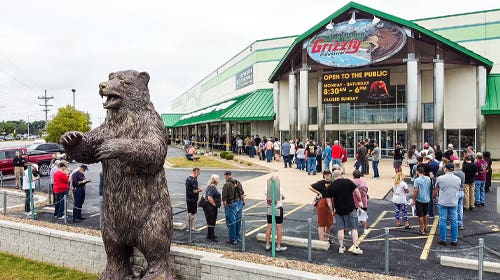Appeal of genuine mahogany starts to fade
It’s often said that genuine mahogany is no longer available to woodworking professionals, but the species that has a widespread growth area from Central America to South America is actually…
It’s often said that genuine mahogany is no longer available to woodworking professionals, but the species that has a widespread growth area from Central America to South America is actually quite plentiful. Lumber suppliers say the real problem is that its quality is low — too low for customers to want to pay high prices when the alternative African species are fairly similar in appearance and much less expensive.
Miles Gilmer of Gilmer Wood Co. in Portland, Ore., is one who finds tropical American mahogany to be just as accessible as it has the past, but that the quality has gone downhill. He says high-quality mahogany comes from old-growth trees, which is not within most budgets — the only exceptions being string instrument and period furniture makers.
“I use genuine tropical American mahogany, but a lot of what’s being harvested these days and goes into the lumber market is probably second- or third-growth trees, so you get a lot of weird grain and the big selling point for that species in the past was you could get very straight grain in both dimensions,” says Gilmer.
Gilmer explains that top-grade tropical American mahogany is pattern grade, which has a very straight grain without any grain runout. A guitar neck requires this, for example, because an incredible amount of pressure will be placed on it once it is strung.
“What you see on the market these days is very excessive runout and swirly strange grain, obviously from trees that were not the straightest trees growing in the forest,” he says.
The majority of genuine mahogany is imported from Guatemala and Mexico, even though it is still obtained from Peru and Nicaragua. The color varies from the different regions. In addition to the poorer quality, Gilmer adds that since Swietenia macrophylla was added to the CITES endangered species list and has gotten much more expensive in the last five to 10 years, consumers are not as interested.
“A lot of people that don’t need those particular attributes of straight grain and nice color are switching to sapele (Entandrophragma cylindricum) or Khaya (ivorenis). Most of my customers would rather have sapele, which is an African mahogany, but totally different genus from Khaya. A lot of people traditionally kind of lump them as the same.”
Matt Westmoreland of World Timber Corp. in Hubert, N.C., says that genuine mahogany has completely outpriced itself and also sees customers gravitating towards the African alternatives if they have the choice. He attributes price increases to increased demand, as well as fuel, freight and inspection costs.
“Genuine mahogany is not a big mover at lumber yards. People don’t want it if they’re working on a big job or something involving architectural millwork. They use sapele instead because it’s half the price. Most of the mahogany we sell is for someone making reproduction furniture or guitar components,” says Westmoreland.
“African mahogany is less desirable because it’s not as traditional. Going back in history 100 years, mahogany and ebony were traditional woods. So if somebody’s doing a guitar or replica piece of furniture they want to stick with that traditional wood. But if someone’s building a new courtroom and needs 10,000 board feet they’re going to use sapele.”
African mahogany, Khaya and sapele retails for about $6.50/bf (4/4). Genuine mahogany is in the $10 to $14/bf range.
This article originally appeared in the April 2012 issue.







